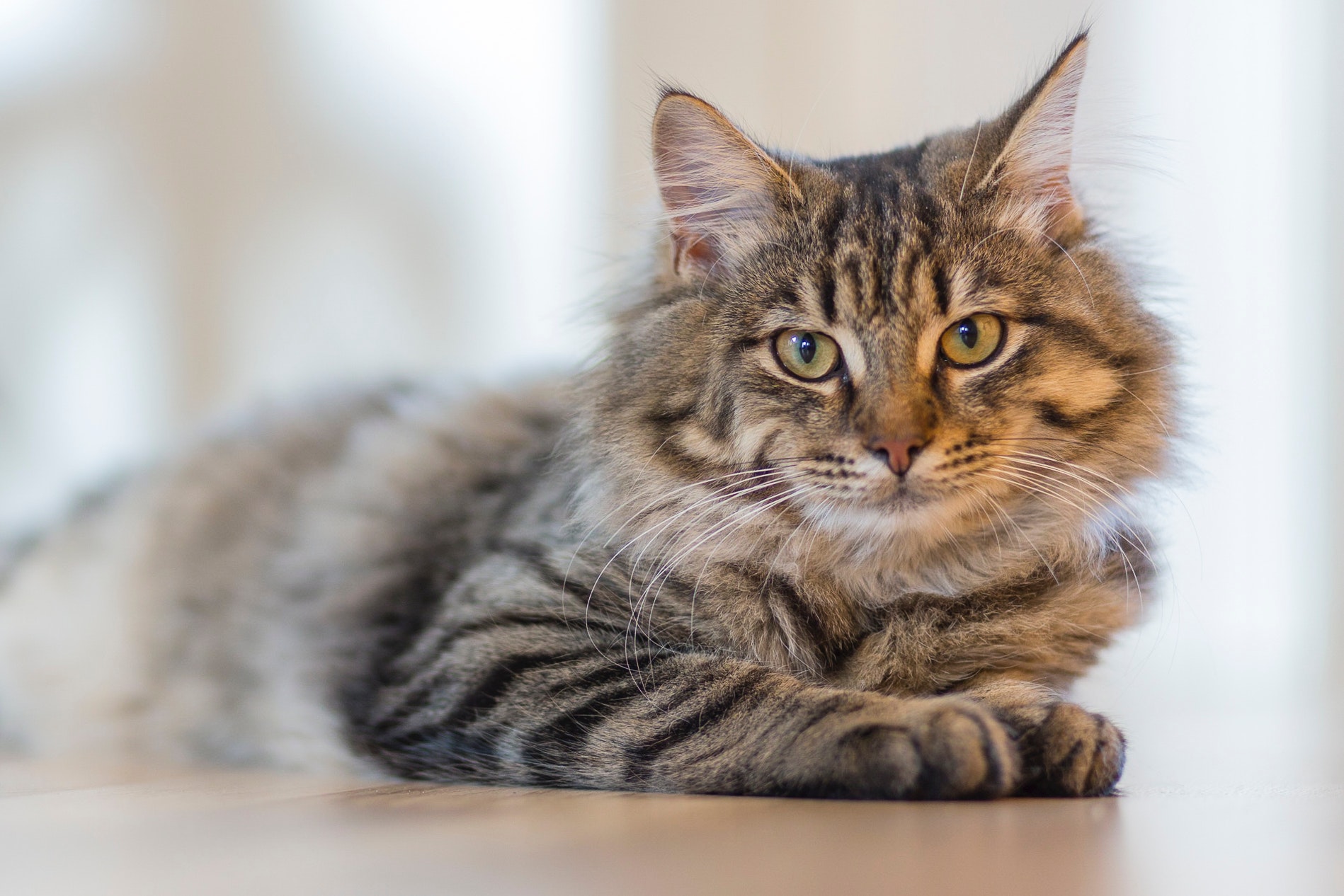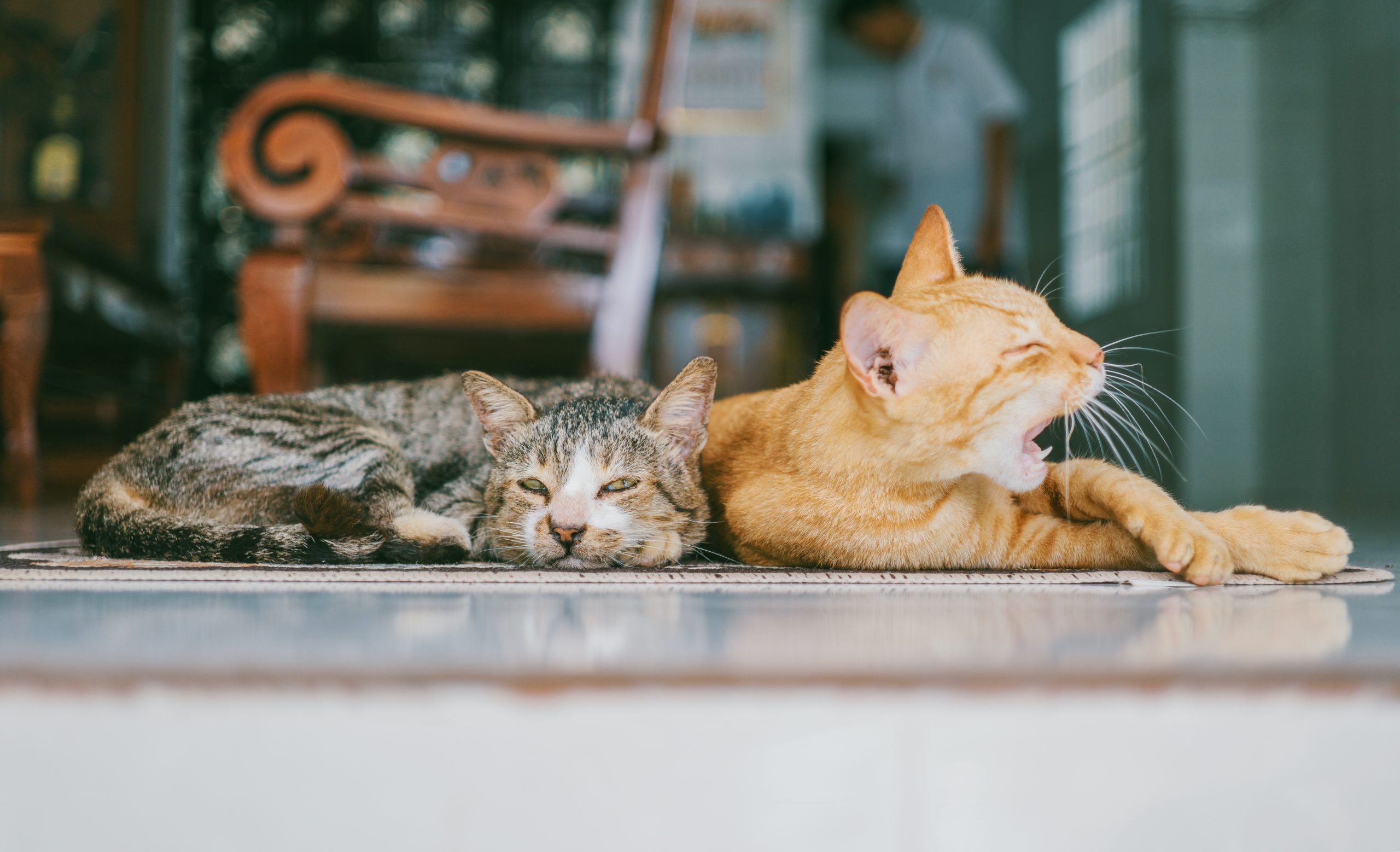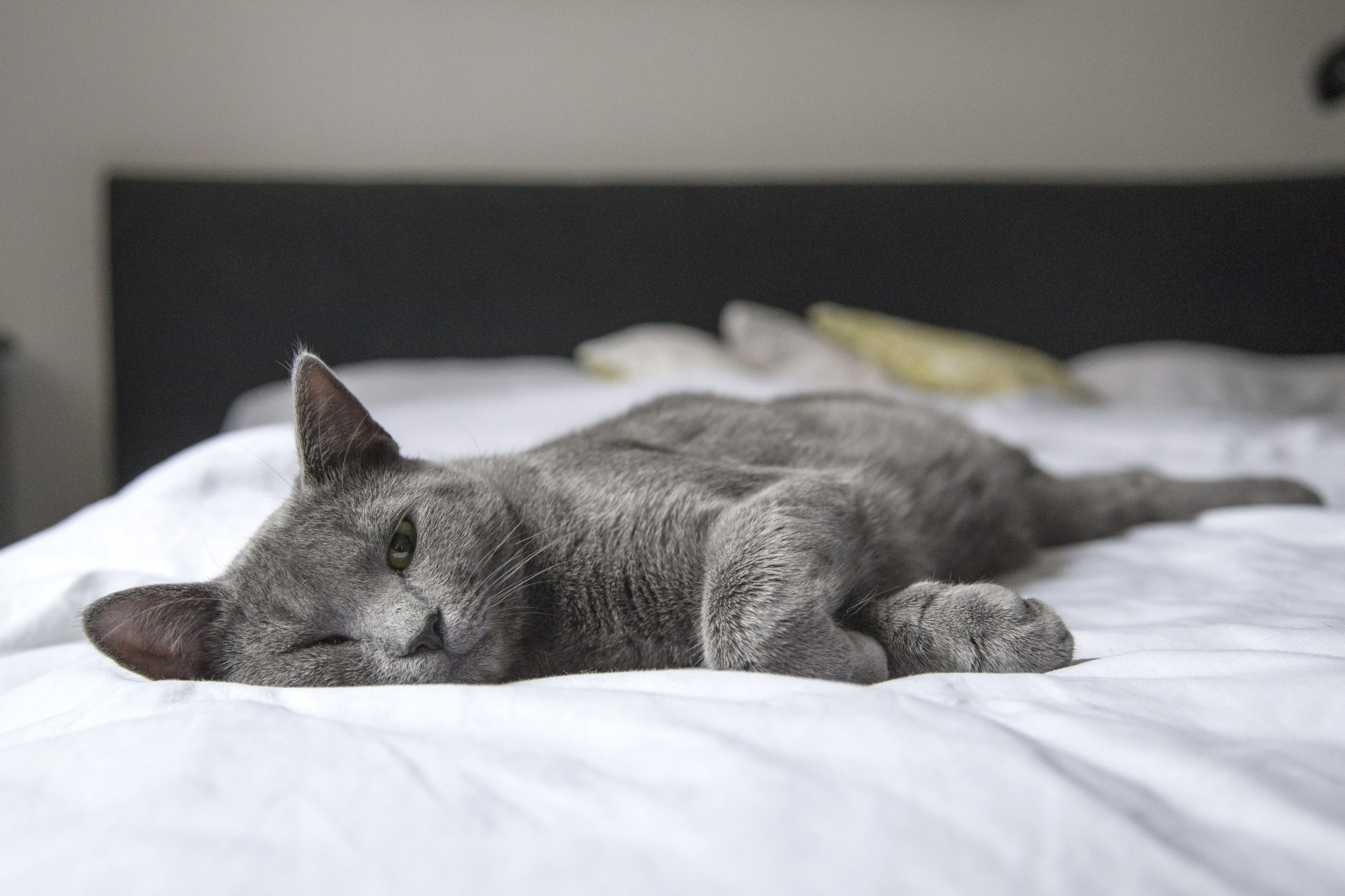With pressure to keep cats inside, both for the welfare of wildlife and the cats themselves, many cats nowadays are confined in flats or houses. The main problem with keeping a cat inside is behavioural problems related to boredom.
How do I know if my cat is bored?
If there is insufficient stimulation for cats, they will become bored. This boredom can lead to destructive and aggressive behaviour, to urinating or defecating outside the litter tray, or to overgrooming and other stress-related behavioural problems.
How do I make sure my cat doesn’t get bored?
The majority of cats love interacting with their owners, so give them as much attention as possible. Give them scratching posts and play structures with hanging toys, toys on springs, or give them activity treat toys with hidden treats or kibble inside.
It is highly recommended when obtaining a kitten to get one of its littermates so that they can play, groom each other and keep each other company when the owner is away.
Cat toys and games
There is an amazing range of cat toys and chasable objects available. Some cats love chasing a light dot produced by a small laser pointer, ping pong balls or wind-up mice.
Most cats like playing hide-and-seek with their owners – many cat owners can tell you that it’s as much fun for the owner as for the cat! They also like investigating cardboard boxes and paper bags. Many cats love catnip, which can be freshly grown, bought in toys or scratchers or obtained in dried or spray form for refreshing toys.
Scratching posts or pads are mandatory for inside cats, unless you would like them to use your furniture. Ensure your cat has enough places to scratch and plenty of room to stretch while scratching.
Outdoor play centres
Cats love to have a view of the outside world. There are several companies that sell prefabricated or customised outdoor enclosures for cats where they can sit in the sun, watch the birds and traffic or play, all without leaving your property.
Check out:
- Catmax Clearnet Enclosures (www.catmax.com.au)
- Catnip Modular Parks (www.catnip.com.au)
- Classic Pet Enclosures (www.classicpetenclosures.com.au)
If you don’t have a yard, you can try enclosing a balcony or verandah area, or provide resting places near windows or on any tall furniture that has views out a window.
Walking your cat
Kittens can be trained to wear a harness, which means you can take them for outside excursions. Supervised trips in your garden for older cats that won’t tolerate a harness may be suitable.
Favourite resting spots
You have probably noticed some favourite areas where your cat likes sleeping. These are usually secure and comfortable spots, often enclosed, and sometimes high up on wardrobes or shelves. Make these areas more appealing for them by providing some bedding, or an enclosed bed. They will stay in these safe havens for hours.
Behavioural problems
Despite all these measures, some cats still exhibit signs of stress such as spraying, urinating on the new laundry, or pulling out their fur. Consult your veterinarian to obtain advice, as pheromone therapy or anti-anxiety medication may be beneficial.



